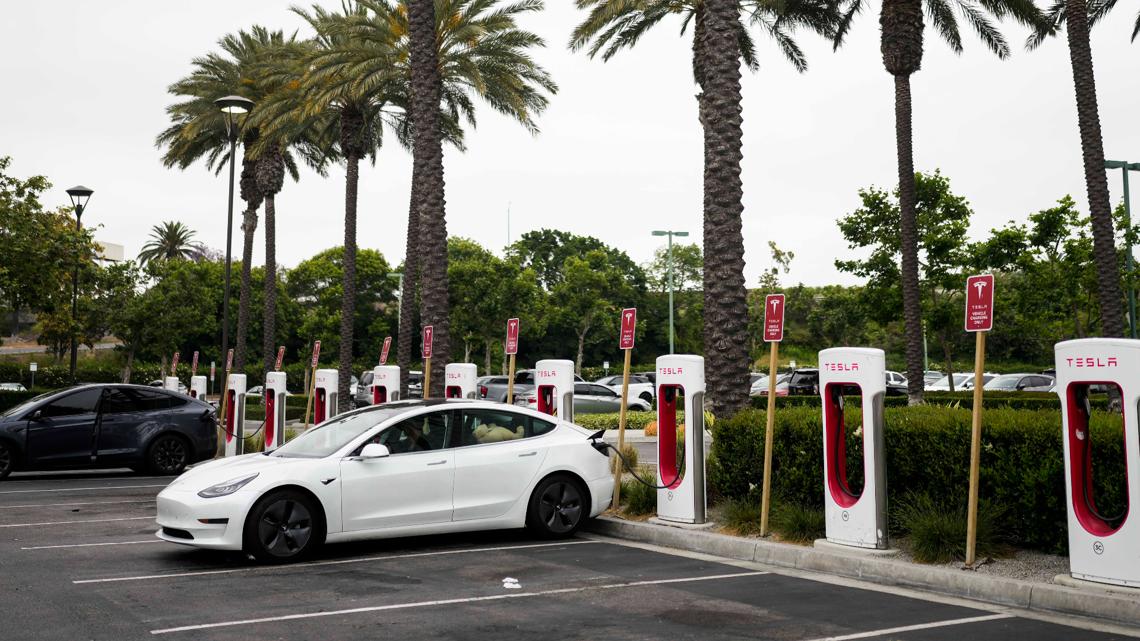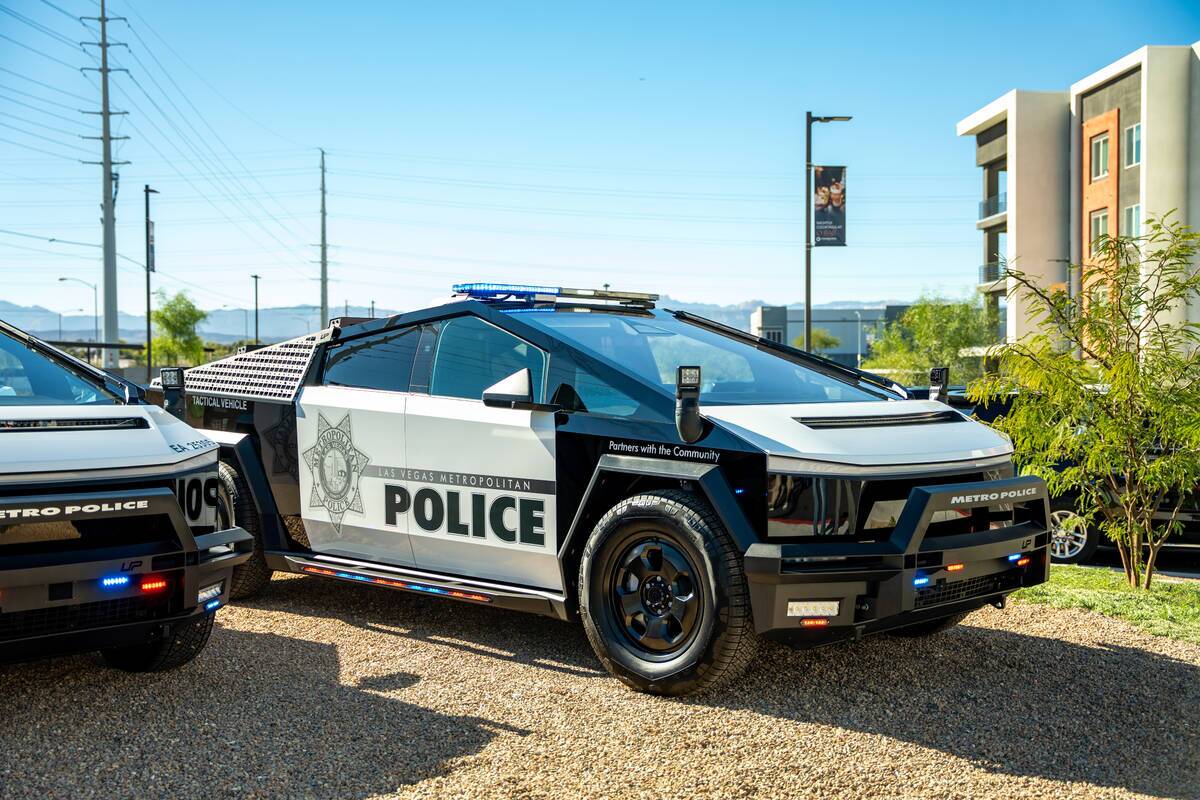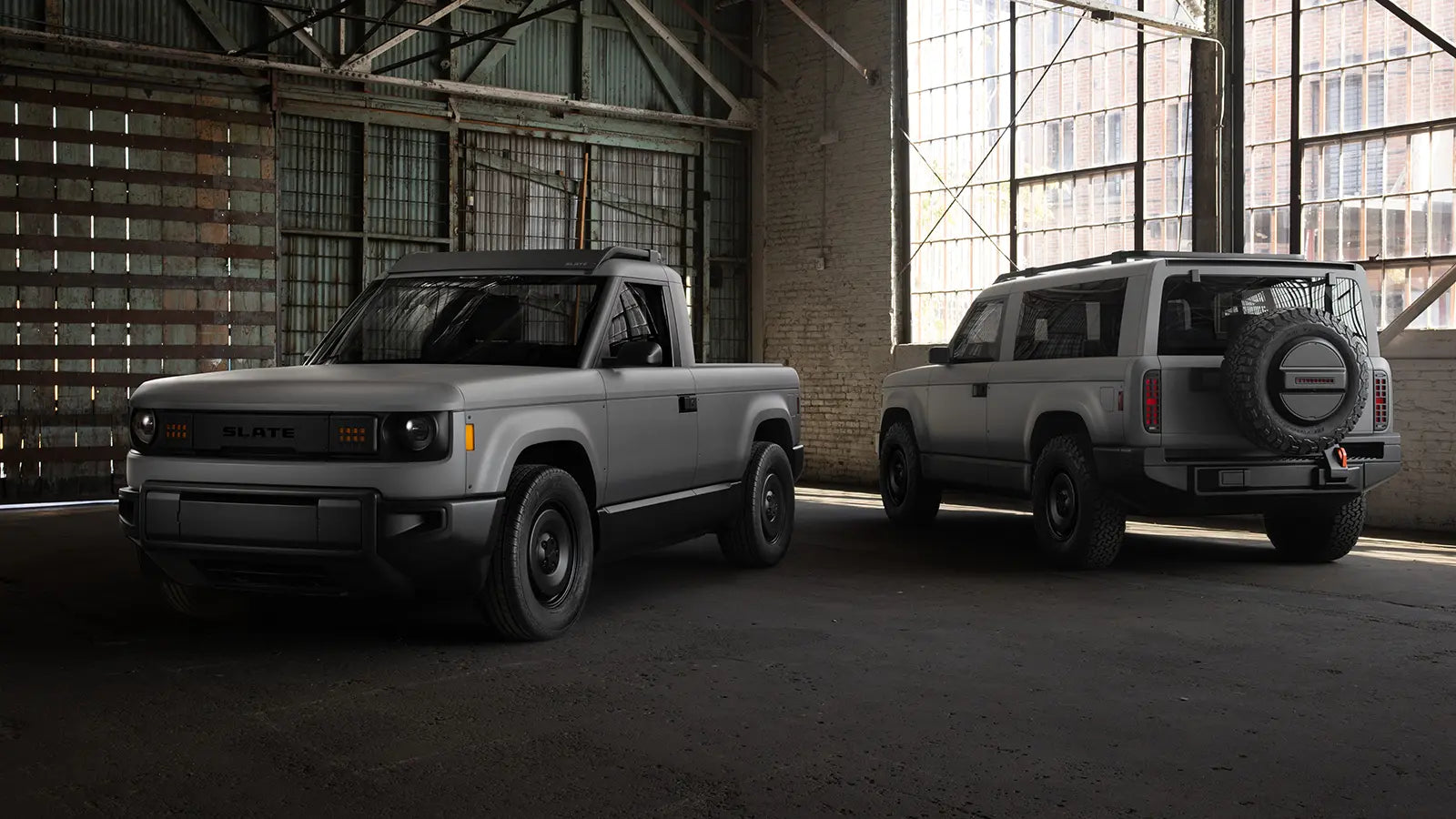Während Kalifornien auf eine emissionsfreie Zukunft zusteuert, rücken die Spannungen zwischen der Infrastruktur für Elektrofahrzeuge (EV) und dem bereits überlasteten Stromnetz des Bundesstaates immer stärker in den Fokus. Kalifornien hat eines der ehrgeizigsten Ziele für die Einführung von Elektrofahrzeugen in den USA und steht vor der einzigartigen Herausforderung, den steigenden Energiebedarf mit der Netzzuverlässigkeit in Einklang zu bringen – insbesondere für Fahrer von Elektrofahrzeugen, die auf langen Strecken auf schnelles und zuverlässiges Laden angewiesen sind.
Kaliforniens Strombedarf: Ein Netz unter Druck
Das kalifornische Stromnetz ist bereits jetzt überlastet, insbesondere in Spitzenlastzeiten. In den Sommermonaten kann es durch die hohe Nutzung von Klimaanlagen, waldbrandbedingte Ausfälle oder durch Dürre beeinträchtigte Wasserkraft zu Stromausfällen kommen. Mit mehr als 1,5 Millionen Elektrofahrzeugen auf den Straßen (Stand Mitte 2025) wächst der Strombedarf in einem Tempo, für das das Netz ursprünglich nicht ausgelegt war.
Laut dem California Independent System Operator (CAISO) kann der tägliche Stromverbrauch dramatisch ansteigen, wenn Tausende von Elektrofahrzeugen gleichzeitig geladen werden, insbesondere abends zu Hause. Die steigende Belastung durch Elektrofahrzeuge verschärft bestehende Zuverlässigkeitsrisiken und erhöht den Bedarf an Verbesserungen der Energieverteilung, Energiespeicherung und Lastausgleichsstrategien.
Einführung von Elektrofahrzeugen und Ladebedarf
Kalifornien ist in den USA führend bei der Anzahl der Elektroautos, und die Nachfrage steigt stetig. Autofahrer nutzen für das Aufladen über Nacht vor allem Level-2-Ladestationen für den Heimgebrauch und für längere Fahrten Schnellladegeräte mit Gleichstrom. Schnellladegeräte benötigen jedoch eine enorme Leistung – oft 50 bis 350 kW pro Einheit – und können bei unzureichender strategischer Steuerung regionale Umspannwerke überlasten.
Darüber hinaus sind für den ländlichen Verkehr und den Korridorverkehr (z. B. Interstate 5 und Highway 99) zuverlässige und effizient verteilte Ladenetze erforderlich. In diesen Gebieten mangelt es jedoch häufig an einer stabilen Netzinfrastruktur, was sie anfälliger für Betriebsunterbrechungen macht.

Fallstudie: Spitzenlast und Fernreisen
Stellen Sie sich einen Tesla Model Y -Fahrer vor, der von San Francisco nach Los Angeles fährt. Für die 610 Kilometer lange Fahrt sind je nach Fahrbedingungen ein bis zwei Schnellladevorgänge erforderlich. Findet diese Fahrt während einer Hochlastzeit statt und laden mehrere Elektrofahrzeuge am selben Supercharger-Standort, kann die Stromverfügbarkeit sinken, was die Ladezeiten verlängert oder sogar die Ladestationen vorübergehend außer Betrieb setzt.
Diese Unzuverlässigkeit kann zu „Reichweitenangst“ führen – ein großes Hindernis für die breitere Verbreitung von Elektrofahrzeugen. Jüngsten Umfragen zufolge ist für Autofahrer in Kalifornien der ständige Zugang zu Schnellladestationen auf langen Fahrten das wichtigste Kriterium bei der Entscheidung, ein Elektrofahrzeug zu kaufen oder zu leasen.

Lösungen in der Entwicklung
1. Netzmodernisierung und Energiespeicherung
Energieversorger wie PG&E und Southern California Edison investieren verstärkt in Mikronetze, Batteriespeicher (wie Teslas Megapacks) und dezentrale Energieressourcen. Diese Modernisierungen tragen dazu bei, Nachfragespitzen abzufedern und Ladestationen auch bei Stromausfällen funktionsfähig zu halten.

2. Time-of-Use-Preisgestaltung und intelligentes Laden
Um Lastungleichgewichte zu minimieren, hat Kalifornien eine zeitabhängige Strompreisgestaltung (Time-of-Use, TOU) eingeführt. Besitzer von Elektrofahrzeugen, die außerhalb der Spitzenzeiten (typischerweise nachts oder mittags) laden, profitieren von niedrigeren Tarifen und entlasten gleichzeitig das Stromnetz. Hersteller von Elektrofahrzeugen wie EVDANCE integrieren intelligente Zeitschaltuhren in ihre Ladegeräte, um diese Vorgänge zu automatisieren .
3. Solarbetriebene Ladestationen
Einige Schnellladestationen, insbesondere entlang der I-5, verfügen mittlerweile über Solardächer mit Batterie-Backup-Systemen. Teslas netzunabhängiger „Oasis Supercharger“ in Lost Hills ist ein bemerkenswertes Beispiel – angetrieben von einer 11-MW-Solaranlage und zehn Megapack-Batterien, zeigt er, wie Energieunabhängigkeit dazu beitragen kann, Probleme der Netzabhängigkeit zu lösen.
4. NACS und Infrastrukturstandardisierung
Der Aufstieg des North American Charging Standard (NACS), der von Tesla und zunehmend auch von anderen Automobilherstellern übernommen wurde, rationalisiert die öffentliche Infrastruktur und erleichtert die Planung und Optimierung von Ladestationen mit hoher Kapazität. Der Pulse Fusion NACS DC to CCS1 Adapter von EVDANCE ermöglicht es beispielsweise Fahrern von Elektrofahrzeugen anderer Hersteller, das umfangreiche Supercharger-Netzwerk von Tesla zu nutzen und verbessert so Redundanz und Abdeckung.

Die Rolle der Regierungspolitik
Die kalifornischen Behörden haben diese Herausforderungen erkannt und stellen Mittel bereit, um das Stromnetz zu stärken und öffentliche Ladestationen auszubauen . Programme wie das California Electric Vehicle Infrastructure Project (CALeVIP) bieten Anreize für den Einsatz von Schnellladestationen in unterversorgten Gebieten. Parallel dazu schreiben neue Bauvorschriften vor, dass Mehrfamilienhäuser und Gewerbegebäude über eine für Elektrofahrzeuge geeignete Infrastruktur verfügen müssen.
Es besteht jedoch ein dringender Koordinationsbedarf zwischen Verkehrsplanern, Versorgungsunternehmen und der Elektrofahrzeugbranche. Im Bericht 2025 der California Energy Commission wird betont, dass „die Ladeinfrastruktur parallel zur Erzeugungskapazität und der Übertragungsstabilität wachsen muss“.
Empfehlungen für Fahrer von Elektrofahrzeugen
Um Störungen zu minimieren und ein effizientes Laden zu fördern, können kalifornische Besitzer von Elektrofahrzeugen mehrere bewährte Vorgehensweisen anwenden:
-
Planen Sie im Voraus : Verwenden Sie Apps wie PlugShare oder ABetterRoutePlanner , um die Verfügbarkeit von Ladegeräten und die Netzbelastung entlang Ihrer Route zu überprüfen.
-
Laden Sie außerhalb der Spitzenzeiten : Profitieren Sie von niedrigeren TOU-Strompreisen und reduzieren Sie den Lastdruck.
-
Installieren Sie intelligente Ladegeräte : Produkte wie das EVDANCE Flux Tesla&J1772 40A-Ladegerät ermöglichen zeitplanbasiertes Laden, maximieren die Effizienz und minimieren die Kosten.
-
Erwägen Sie Backup-Lösungen : Tragbare Ladegeräte und Adapter, wie das EVDANCE Tesla&J1772-Verlängerungskabel 40 Fuß , bieten Flexibilität, wenn die feste Infrastruktur nicht verfügbar oder offline ist.

Ausblick
Kaliforniens Stromnetz befindet sich an einem Wendepunkt. Der anhaltende Anstieg der Elektrofahrzeuge birgt sowohl Chancen als auch Risiken. Strategische Infrastrukturentwicklung, intelligentes Ladeverhalten und die Integration erneuerbarer Energien sind entscheidend, um sicherzustellen, dass der Staat die wachsende Nachfrage ohne Kompromisse bei der Zuverlässigkeit decken kann. Für Langstreckenfahrer wird der Erfolg dieser Bemühungen darüber entscheiden, ob die Elektromobilitätsrevolution in Kalifornien an Fahrt gewinnt oder ins Stocken gerät.
Autor: Lay Wen
Quelle des Titelbildes: AP Photo/Jae C. Hong, File








Aktie:
Die besten Leasing- und Finanzierungsangebote für Elektrofahrzeuge im Juli 2025
Intelligentes Laden in Kalifornien: Informationen zu den TOU-Tarifen für Besitzer von Elektrofahrzeugen